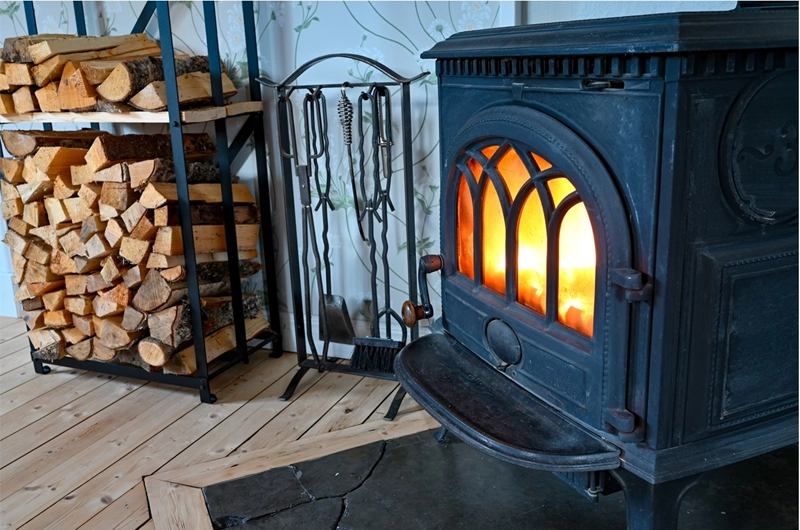Burning Wood in Smoke Controlled Areas

The UK's Industrial Revolution in the 18th and 19th centuries was powered by coal and factories in the cities. Coal burning in the home in stoves and fireplaces was also very common for heating. Air pollution was often very great and when it was foggy, pollution levels rose and smog was formed bringing cities to a standstill and causing many deaths.
Chesney's Belgravia 4kW Wood Burning Stove - BELGRA4Legislative controls on industrial emissions helped somewhat, but people were still burning a lot of coal on multi-fuel stoves and fireplaces for domestic heating.
After the Great London Smog of 1952 killed around 4,000 people, the Clean Air Acts of 1956 and 1968 were introduced. These gave local authorities powers to control emissions of smoke and to declare Smoke Control Areas where burning fuel that produces smoke is banned.
Following the death of approximately 4,000 people in the 1952 Great London Smog, local authorities were given the power to create and enforce smoke control areas in which the burning of fuel that produces smoke was prohibited. This legislation basically banned the use of fuel that emits smoke and created the demand for a heat source that could be used in these smoke controlled areas, which were primarily in the cities and towns.
The newest forms of legislation in this area are the Clean Air Order 1981 (Ireland) and the Clean Air Act of 1993 (UK) which authorize the designation of smoke controlled areas as well as smokeless fuels or exempt appliances for use in smoke controlled areas.
Many towns and cities are now smoke control areas especially in city centers and they have been effective in controlling the levels of smoke in such areas.
You are not permitted to burn fuel that produces smoke if you are within a Smoke Control Area; this applies also to Stoves and Fireplaces. However, there is a vast array of fuels that are authorized for such use. This includes fuels that are smokeless by nature such as gas, electricity and anthracite alongside specific brands of manufactured smokeless fuels, which means that these particular fuels have passed tests to confirm that they would not produce smoke when burned with an open fireplace or stove.
Aarrow Ecoburn 5 DEFRA Exempt - ECB5SCFIn the last few years, with home owners looking to reduce fuel costs, their reliance on gas central heating and, indeed, the burning of fossil fuels/C0², and wood burning has become almost as popular in urban areas as it is in the countryside. To allow such wood burning, however, a stove or fire must be granted exemption from the regulations by the government through DEFRA. Exemption is based on independent testing to ensure the appliance is clean burning.
Fuels used in Smoke Control Areas are divided into two groups: the fuels that produce smoke or the “unauthorized fuels” and the fuels that don’t produce smoke or the “authorized fuels”.
If you want to burn wood in a smoke control area you have to meet certain regulations. If you don’t – you may be fined several thousand pounds. What this means in practice is that you need to buy a smoke control exempt stove and fuel it with suitable wood.
A smoke control exempt stove is a stove that’s exempt from smoke control legislation. You can check that your stove is “smoke control exempt” by asking to see its certificate.
Due to the Great London Smog, a Clean Air Act of 1956 and 1968 were introduced where local authorities were given the power to create and enforce smoke control areas in which the burning of fuel that produces smoke was prohibited.



